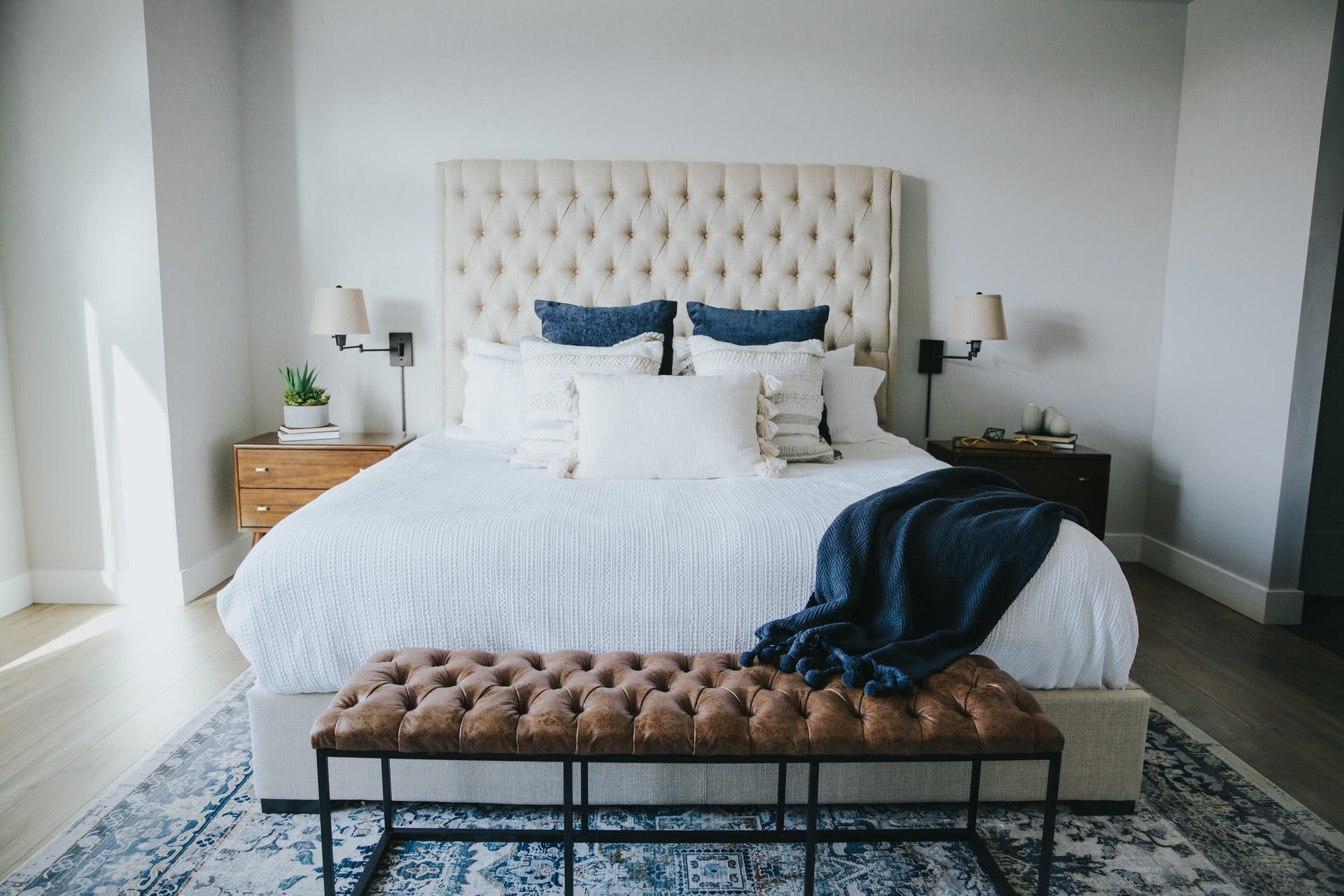
How to set your bedroom up for a successful slumber
If you want a good night’s sleep, there are a few things you can control. You can do some stretches for better sleep, you can avoid eating certain foods before bedtime, and you can de-stress, too. But you might be overlooking an important factor—your bedroom. Here’s how you can set your space up for food good, restful sleep.
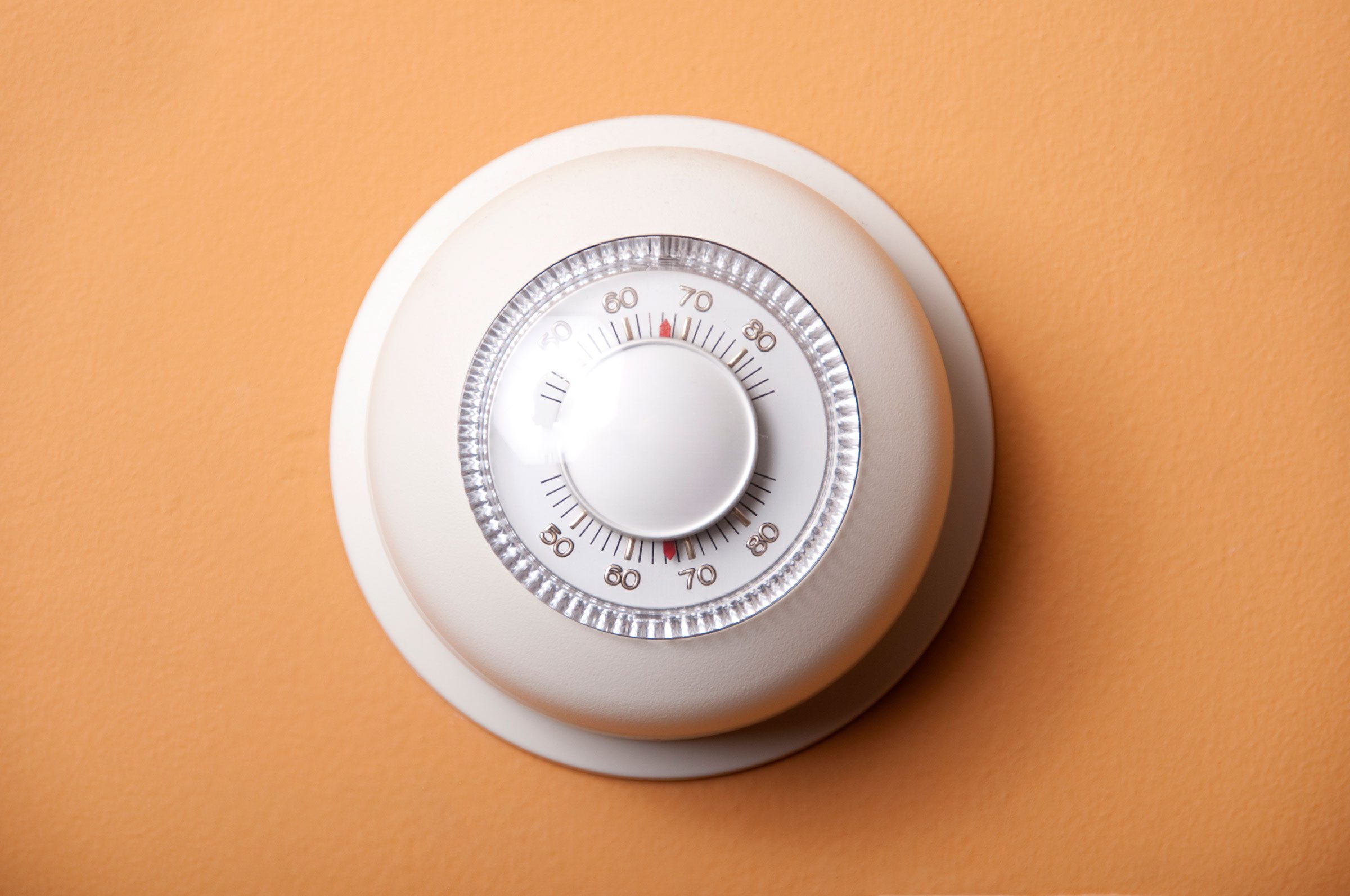
A thermostat set to 65
“Quiet, dark, and cool has always been the rule for good sleep,” says James Maas, PhD, a consultant on sleep and performance and CEO of Sleep for Success. “We now know that 65 degrees Fahrenheit promotes the deepest and longest sleep.” Why: The hotter you are, the more likely it is that you’re going have a lighter and shorter sleep. “You want a body temperature where neurons aren’t firing intensely, and that happens when the hypothalamus, the temperature regulator in the brain, is cool,” he says.
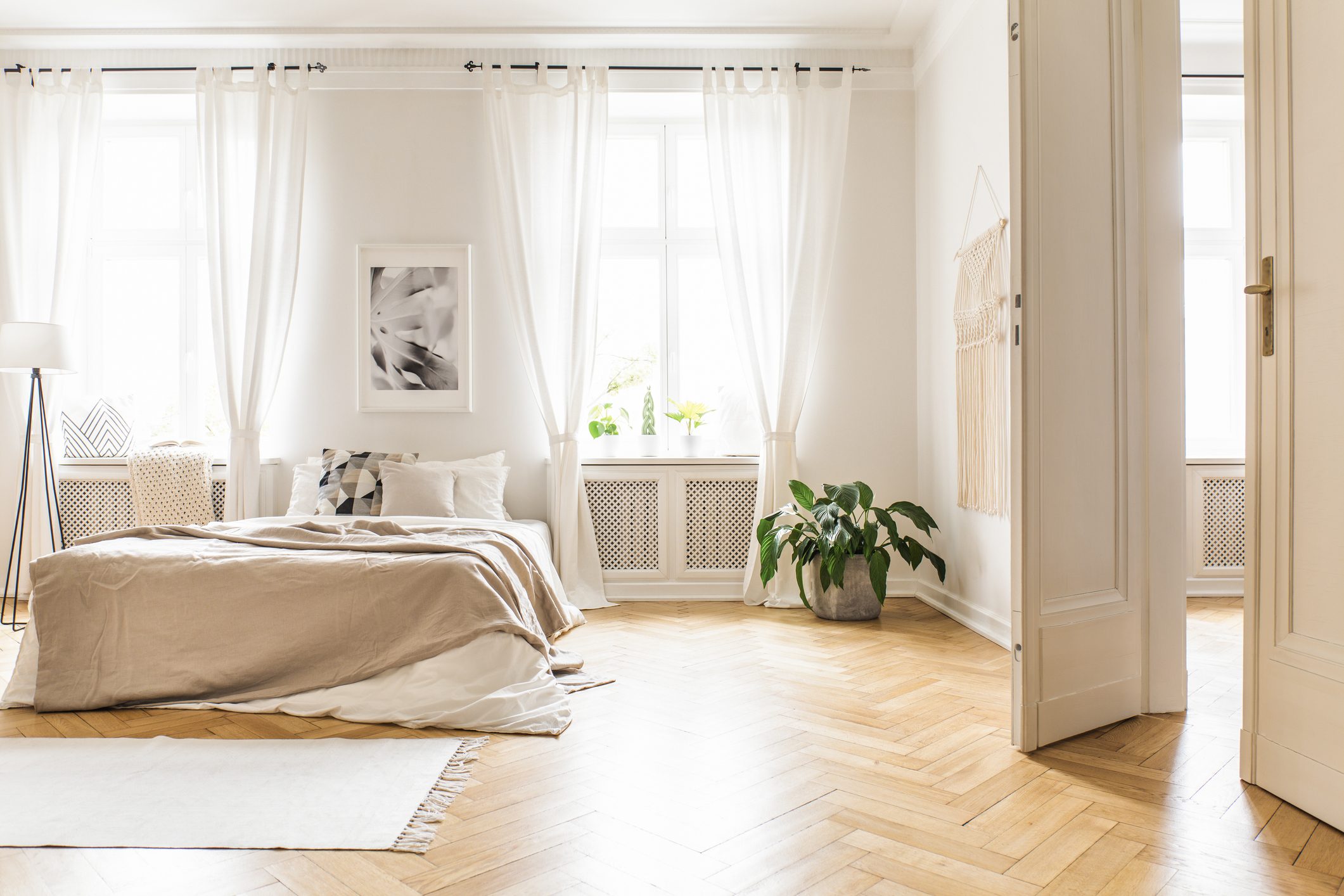
A clean floor
Messy clothes, work files all over the floor, books piled on chairs: A messy environment can be stressful—and your bedroom should be the opposite: comforting, says Maas. You want your room to be minimalist in design but also in appearance—so make sure to hang clothes and clean up before bed so that you’re calm (not overwhelmed) when your head hits the pillow.

A ‘no-tech-allowed’ rule
“A bedroom primed for sleep is one in which the use of electronics within an hour of bedtime is kept at an absolute minimum,” says Maas. We’re all guilty of last-minute, before-bed emails or binges under the covers, but good sleepers often know better. All of these devices put out a lot of blue daylight spectrum light, which blocks the flow of the sleep hormone melatonin and delays sleep onset, says Maas. Leave your iPad in the living room or download an app like f.lux, which works to reduce the stimulating effects of blue light. In fact, looking at a screen is one of the worst things you could do before bed.
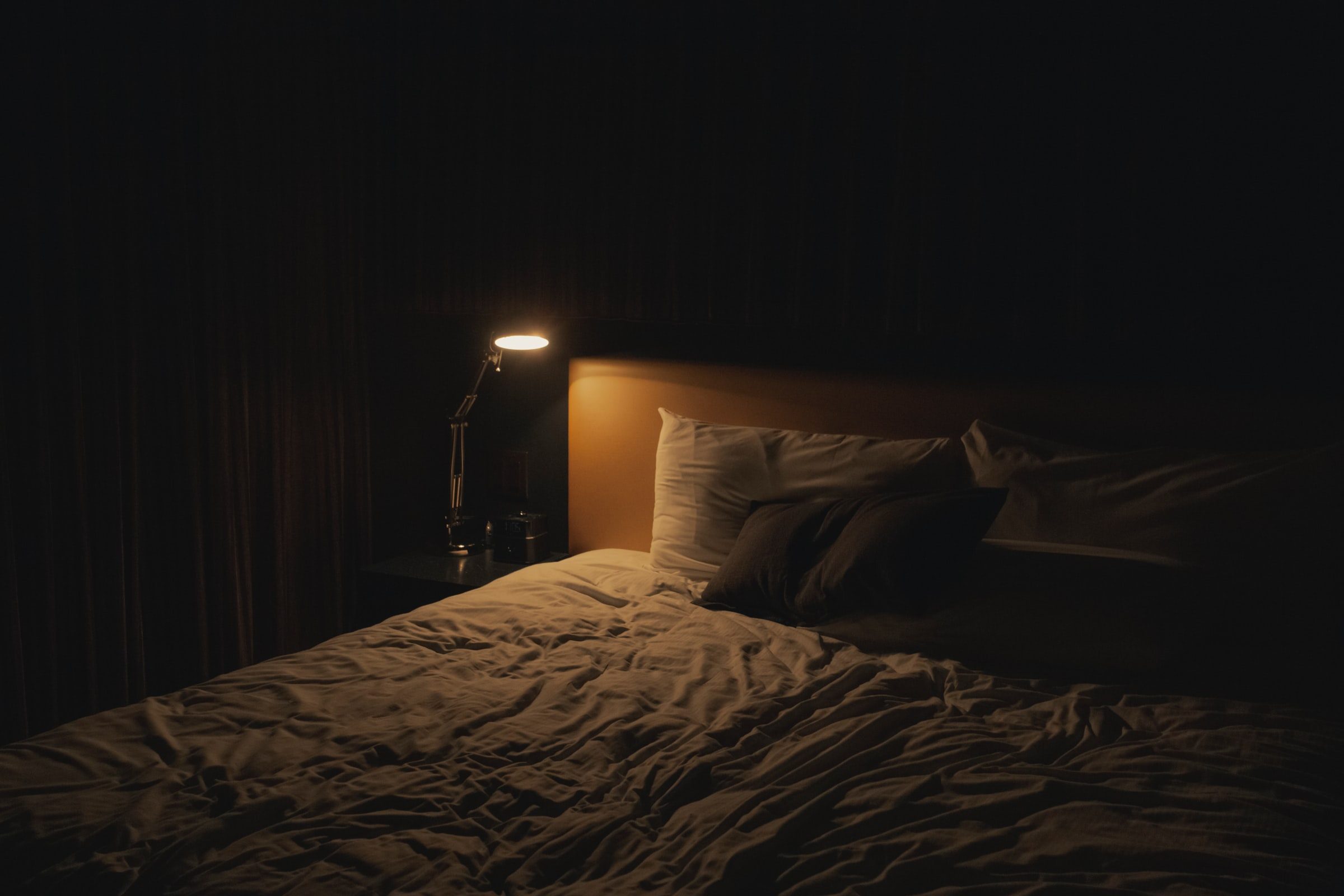
A pitch black room
Think your room is dark? Double-check the air filter, humidifier, air conditioner, or the alarm clock for blinking lights. “People ask me to check out the environment of their bedrooms and when they turn off the lights, it’s like I’ve just entered the NASA control room,” says Maas. “Bedrooms are full of little lights—enough to disturb sleep even through closed eyelids.” Either unplug before bed, throw a towel over items like alarm clocks, or physically turn objects with blinking lights around so they don’t face you, he suggests.
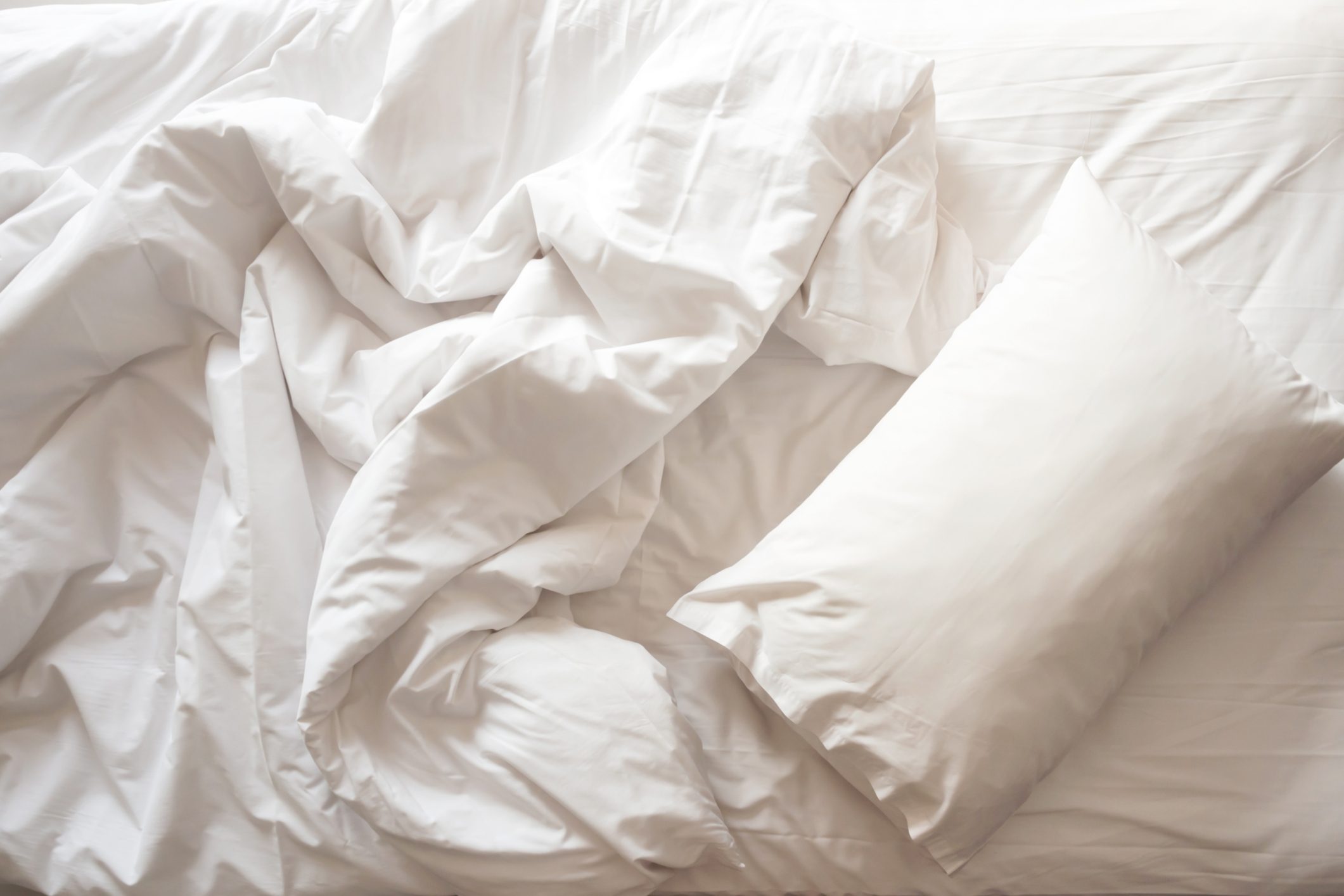
Minimal bedding
Sleep under a slew of heavy blankets? You may be setting yourself up for a fitful and restless night, says Maas. No matter the temperature of your bedroom, if you’re making yourself too warm, you’ll throw off your body’s ability to cool down and thus sleep well. Look for light, comfortable bedding—and if you’re prone to night sweats (many women are, says Maas), consider moisture-wicking products. Also, consider sleeping without pajamas to feel more comfortable.
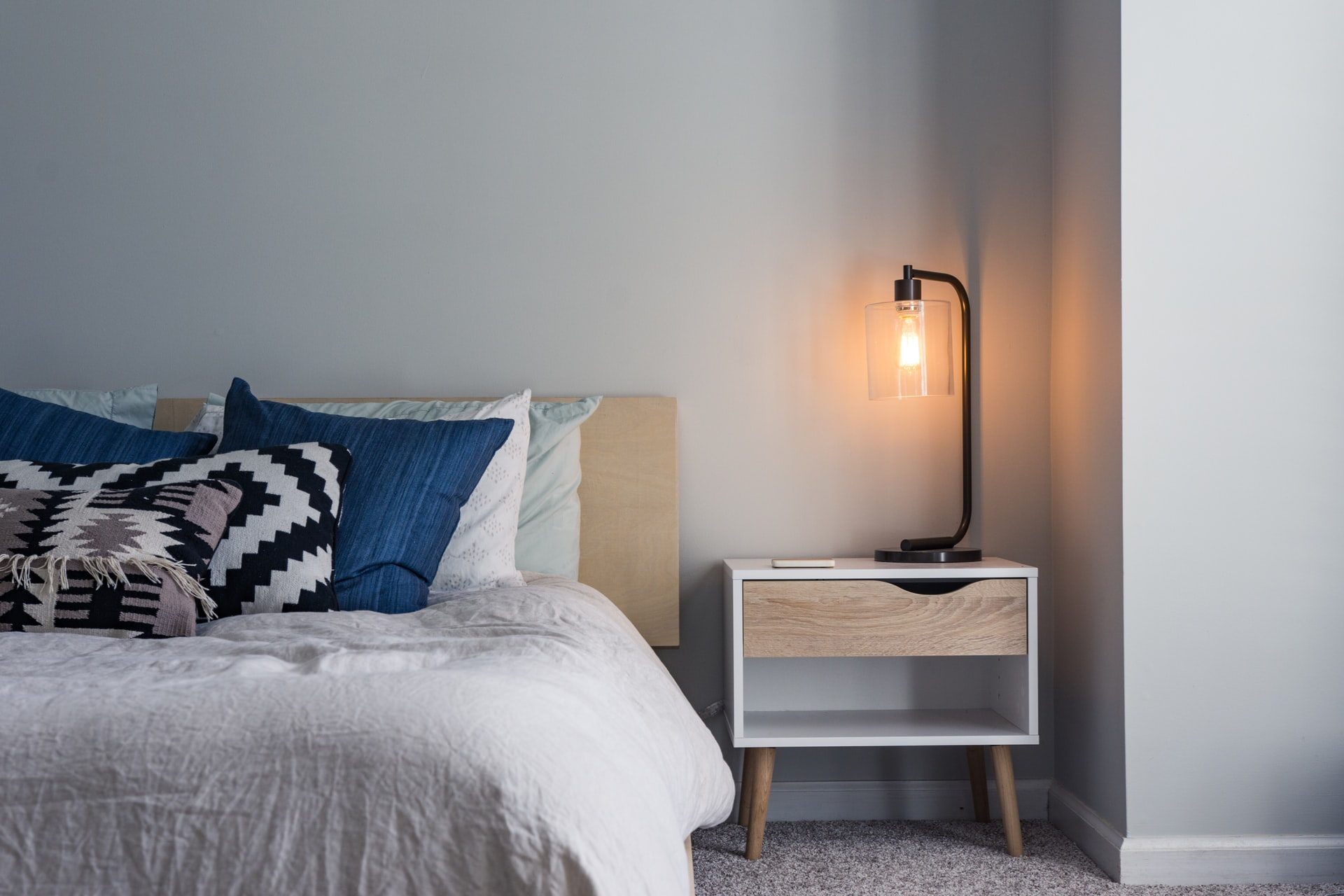
Softly colored walls
Brightly colored walls—namely red ones—can be intense and alarming, says Maas. Not exactly the ideal recipe for a good night’s sleep. In fact, research suggests that blue walls promote the best sleep, while other short shades of green and yellow work to calm, too, according to the National Sleep Foundation. Next, check out the 13 secrets to better sleep that doctors want you to know.
